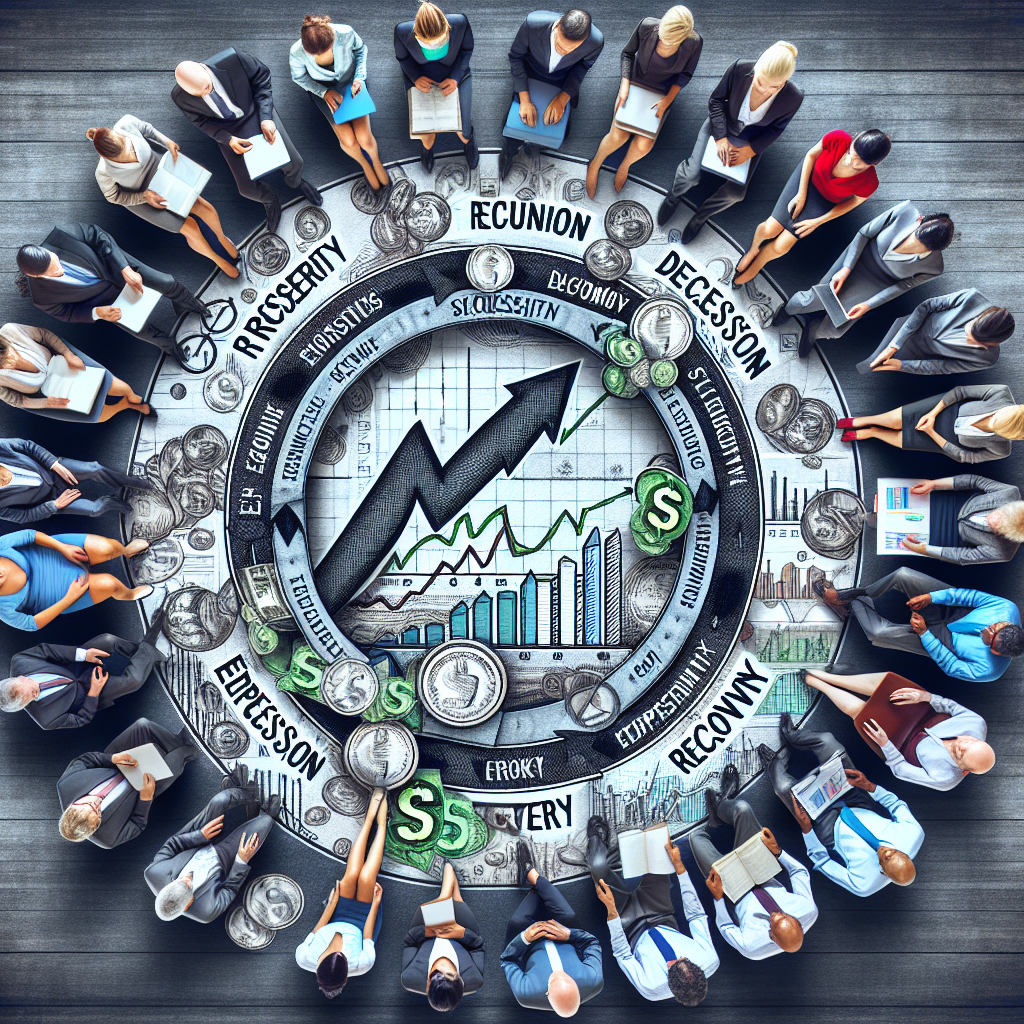Investing can be a complex endeavor, particularly for new investors who may not fully grasp the dynamics of the economy. One of the most critical concepts to understand is the economic cycle. In this article, we will break down the economic cycle, discuss its phases, and provide insights that can help new investors make informed decisions.
What is the Economic Cycle?
The economic cycle, also known as the business cycle, refers to the fluctuations in economic activity that an economy experiences over time. These variations are typically characterized by four distinct phases: expansion, peak, contraction, and trough. Understanding these phases is crucial for new investors as they influence market conditions and investment opportunities.
The Phases of the Economic Cycle
1. Expansion
In this phase, the economy is growing, characterized by increasing consumer demand, rising employment rates, and higher levels of production. For new investors, this is often a favorable time to invest, as companies typically experience higher profits and stock prices tend to rise. Key economic indicators during this phase include increased GDP, higher consumer spending, and rising corporate earnings.
2. Peak
The peak represents the zenith of economic activity before a downturn begins. Economic indicators may still appear strong, but signs of overheating can emerge, such as inflation rates rising sharply. New investors should be cautious during this phase, as overconfident market behavior can lead to unsustainable stock prices.
3. Contraction
During the contraction phase, economic activity slows down. This can lead to a recession, which is defined as two consecutive quarters of negative economic growth. For investors, this phase often brings declining stock prices and lower profits. However, it can also present unique buying opportunities for stocks that may have been oversold in response to market fears.
4. Trough
The trough is the lowest point of the economic cycle, marked by minimal economic activity. Although it may appear to be a bleak time for investing, this phase can present opportunities for discerning investors to purchase undervalued assets. Historical data often shows that significant market recoveries occur following the trough, making it a critical time for strategic investment decisions.
The Importance of Economic Indicators
To navigate the economic cycle effectively, investors need to familiarize themselves with key economic indicators. These indicators can provide valuable insights into the current phase of the cycle and inform investment strategies. Some essential economic indicators to monitor include:
- Gross Domestic Product (GDP): Measures the overall economic output and growth.
- Unemployment Rate: Indicates the health of the job market and consumer spending power.
- Consumer Price Index (CPI): Reflects inflation levels and purchasing power.
- Stock Market Trends: Can signal investor sentiment and economic confidence.
Strategies for New Investors During Economic Cycles
Understanding the economic cycle is just the beginning. New investors should adopt strategies that align with the current phase of the cycle to optimize their returns. Here are some actionable strategies:
Invest in Defensive Stocks During Contraction
During economic contraction, consider investing in defensive stocks, such as utilities and consumer staples, which tend to perform well regardless of economic conditions. These stocks can provide stability and dividends even in turbulent times.
Take Advantage of Lower Entry Prices
Market corrections can create opportunities to purchase quality stocks at lower prices. Look for fundamentally strong companies that may have been oversold during a contraction phase.
Diversify Your Portfolio
A diversified portfolio can help mitigate risks associated with economic fluctuations. Include a mix of stocks, bonds, and other asset classes to spread out potential risks while still capturing growth during expansion phases.
Stay Informed and Adjust Accordingly
Regularly monitor economic indicators and market trends to stay informed. Be prepared to adjust your investment strategy based on shifts in the economic cycle, allowing you to capitalize on both growth and recovery phases.
Conclusion: Empowering New Investors
Understanding the economic cycle is crucial for new investors who aim to make informed decisions. By familiarizing themselves with the phases of the cycle, monitoring economic indicators, and employing strategic investment approaches, new investors can navigate the complexities of the financial markets more effectively. As they gain confidence and knowledge, they’ll be better equipped to seize opportunities and mitigate risks in their investment journeys.
Invest smart and stay informed; the economic cycle may hold the keys to your investment success!

